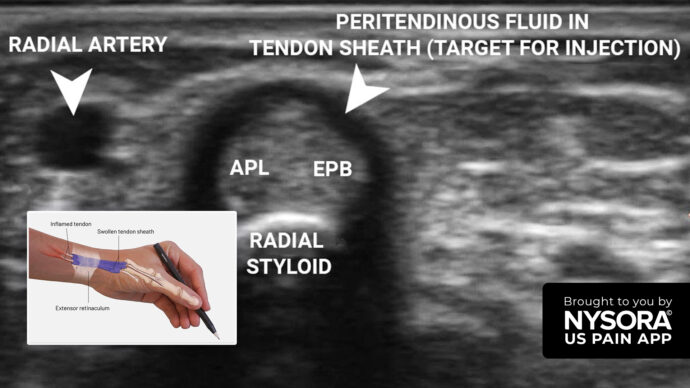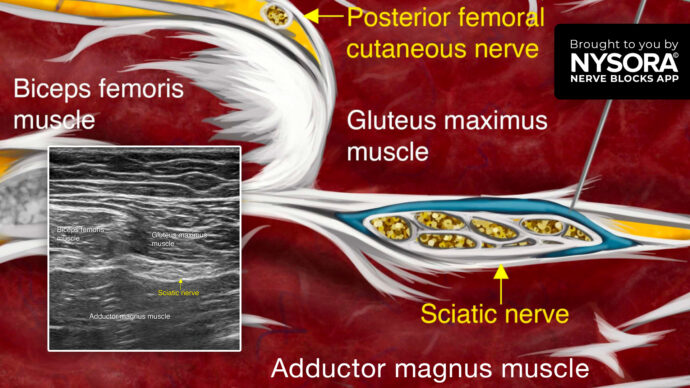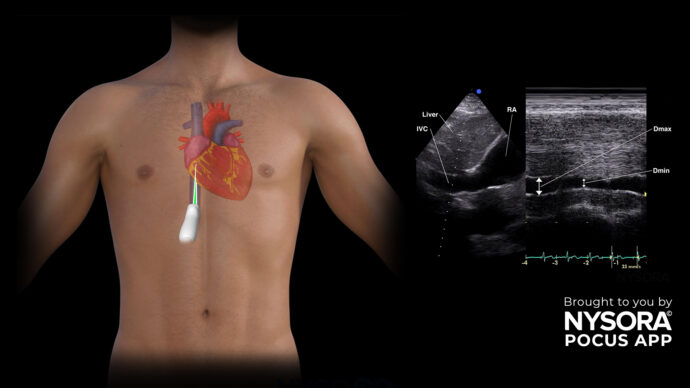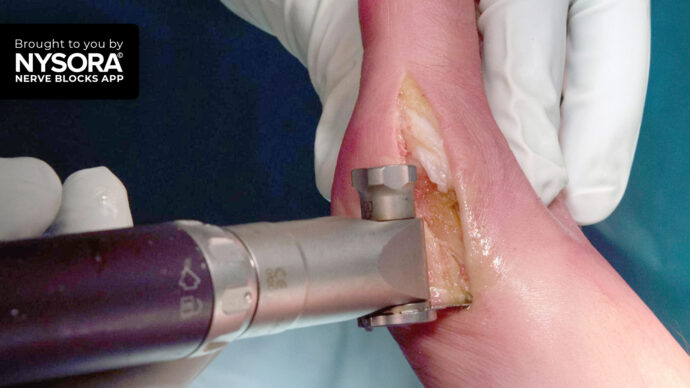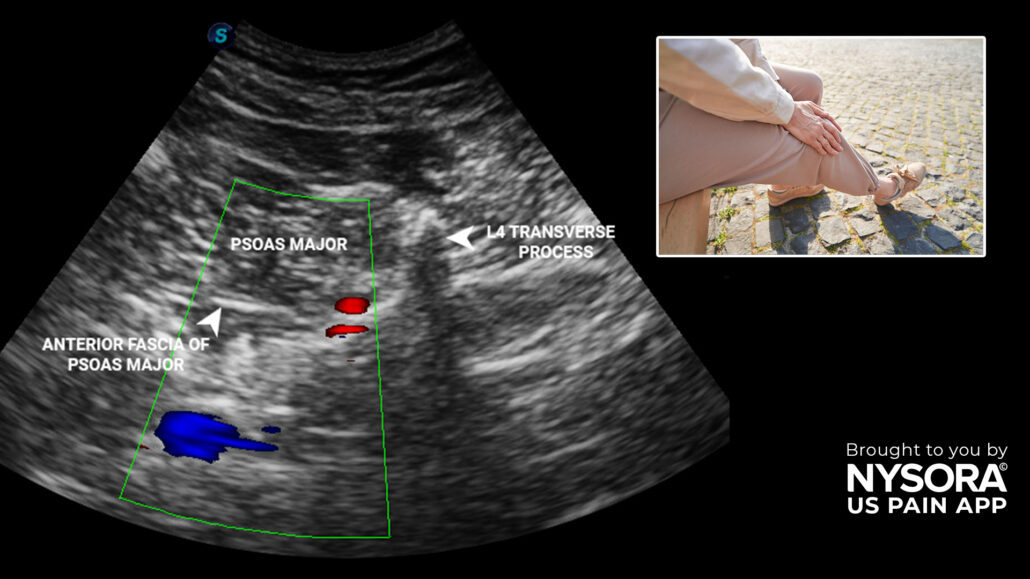
Case study: Peripheral artery disease – Injection
A 64-year-old diabetic woman presents with pain in both lower limbs at rest, with the left leg being more painful than the right. The pain intensifies when walking more than one kilometer and subsides upon resting. She reports no lower back pain or changes in the color or swelling of her limbs.
Physical examination
- Minimal resting pain
- Pain was centered around the calf muscles
- No edema or ulcer in the lower limbs
- No color change in the lower limbs
- Sensorimotor testing: Normal
- Biothesiometry: Normal
- Homan’s sign: Negative
Laboratory parameters
- Fasting blood glucose: 140 mg/dL
- Lipid profile: Total cholesterol 280 mg/dL; triglycerides 300 mg/dL
- Erythrocyte sedimentation rate: 10 mm/hr
Arterial Doppler study
- Venous Doppler: Normal
- Arterial Doppler: 30-40% occlusion of the femoral, popliteal, and posterior tibial arteries in both lower limbs
Diagnosis
The patient was diagnosed with peripheral artery disease, a condition where narrowed arteries lead to decreased blood flow to the limbs, typically resulting in leg pain during physical activities. Atherosclerosis, the buildup of plaque (fatty deposits) in the arteries, is the primary cause of this disease. Symptoms range from mild to severe leg pain, numbness, and coldness in the affected limb, with some experiencing skin changes and non-healing sores.
Read more about the treatment, patient outcome, and other case studies in the US Pain App. Ready to elevate your knowledge? Click HERE to download the go-to app for chronic pain procedures.
